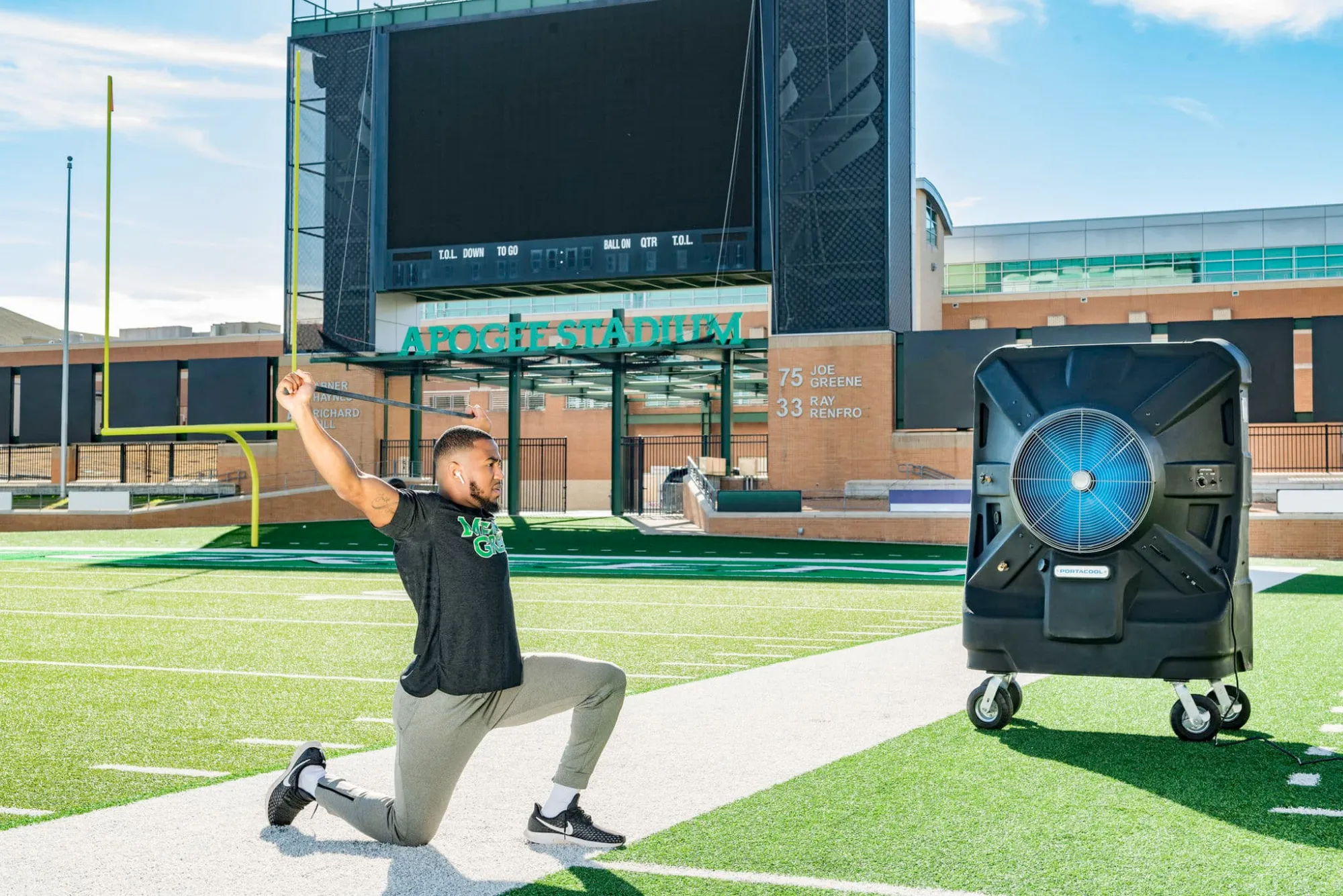Table of Contents
ToggleExploring the Relationship Between Physical Activity and Hyperkinetic Conditions
Discover How Is Physical Activity Related To Hyperkinetic Conditions, such as ADHD, spondylolisthesis, Hypermobile Ehlers-Danlos Syndrome, and Huntington’s disease. Learn about tailored exercise strategies for managing these disorders. Physical activity plays a crucial role in managing various health conditions, including hyperkinetic disorders. These conditions are characterized by excessive movement and can significantly impact daily life. Understanding the connection between physical activity and hyperkinetic conditions can help in managing symptoms and improving overall well-being.
What Are Hyperkinetic Conditions?
Hyperkinetic conditions are a group of disorders characterized by excessive motor activity and impulsiveness. These conditions are commonly seen in children but can persist into adulthood. The most well-known hyperkinetic condition is Attention Deficit Hyperactivity Disorder (ADHD), but it also includes conditions like Tourette Syndrome and certain types of dystonia.
Types of Hyperkinetic Conditions
- Attention Deficit Hyperactivity Disorder (ADHD): ADHD is characterized by inattention, hyperactivity, and impulsiveness. It is one of the most common neurodevelopmental disorders in children.
- Tourette Syndrome: This condition involves repetitive movements or unwanted sounds (tics) that cannot be easily controlled. These tics can range from mild to severe.
- Dystonia: Dystonia causes muscles to contract uncontrollably, leading to repetitive movements or abnormal postures. It can affect one muscle, a group of muscles, or the entire body.
The Role of Physical Activity in Hyperkinetic Conditions
Physical activity has been shown to have a positive impact on managing symptoms of hyperkinetic conditions. Regular exercise can help reduce hyperactivity, improve attention, and enhance overall quality of life. Here’s how physical activity relates to hyperkinetic conditions:
Reducing Hyperactivity
Exercise and Hyperactivity: Physical activity can help channel excess energy in children and adults with hyperkinetic conditions. Activities such as running, swimming, or cycling can reduce restlessness and hyperactivity.
Improving Attention and Focus
Cognitive Benefits: Exercise increases blood flow to the brain, which can help improve cognitive functions such as attention and memory. This is particularly beneficial for individuals with ADHD, who often struggle with these aspects.
Enhancing Mood and Behavior
Mood Regulation: Regular physical activity can help regulate mood by increasing the production of endorphins and reducing stress hormones like cortisol. This can lead to improved behavior and reduced impulsiveness.
Social Interaction and Skill Development
Team Sports: Engaging in team sports or group activities can improve social skills, teamwork, and self-esteem. These activities provide structured environments where individuals with hyperkinetic conditions can thrive.
Recommended Physical Activities for Hyperkinetic Conditions
Different types of physical activities can be beneficial for managing hyperkinetic conditions. It is important to choose activities that the individual enjoys and can consistently participate in.
Aerobic Exercises
Examples:
- Running: Helps burn off excess energy and improve cardiovascular health.
- Swimming: Provides a full-body workout and is calming for the nervous system.
- Cycling: Improves focus and coordination.
Strength Training
Benefits: Strength training can help improve muscle tone, coordination, and overall physical health. It is also beneficial for reducing the symptoms of dystonia.
Yoga and Mindfulness
Calming Techniques: Yoga and mindfulness exercises can help reduce stress, improve concentration, and enhance emotional regulation. These activities are particularly beneficial for managing tics in Tourette Syndrome.
Structured Sports
Team and Individual Sports: Participating in sports like basketball, soccer, or tennis can provide physical exercise, improve coordination, and offer opportunities for social interaction.
Implementing a Physical Activity Routine
Creating a consistent physical activity routine is crucial for managing hyperkinetic conditions. Here are some tips for implementing a successful routine:
Set Realistic Goals
Short-Term and Long-Term Goals: Set achievable goals to maintain motivation and track progress. This could be as simple as a daily walk or a weekly sports practice.
Incorporate Variety
Avoiding Boredom: Incorporate a variety of activities to keep the routine interesting and engaging. This can help maintain long-term commitment to physical activity.
Monitor Progress
Tracking Improvements: Keep a record of physical activity and any changes in symptoms. This can help identify which activities are most beneficial and make necessary adjustments.
Seek Professional Guidance
Consulting Experts: Working with healthcare providers, physical therapists, or trainers who understand hyperkinetic conditions can ensure that the activities are safe and effective.
Challenges and Considerations
While physical activity can be highly beneficial, there are challenges and considerations to keep in mind:
Safety Concerns
Risk of Injury: Ensure that the chosen activities are appropriate for the individual’s physical capabilities to prevent injuries.
Consistency
Maintaining Routine: Sticking to a regular exercise routine can be challenging, especially for individuals with ADHD who may have difficulty with consistency. Developing a structured plan can help.
Individual Preferences
Personal Interests: It is important to choose activities that the individual enjoys to encourage regular participation. This can vary widely among individuals with hyperkinetic conditions.
The Mental Health Benefits of Physical Activity
Engaging in regular physical activity offers significant mental health benefits by reducing symptoms of anxiety and depression, enhancing mood, and boosting overall cognitive function. Exercise stimulates the release of endorphins and other neurotransmitters, such as serotonin and dopamine, which are crucial for mood regulation and stress relief.
Additionally, physical activity improves sleep quality and increases energy levels, contributing to better mental well-being. Understanding How Does Physical Activity Help You Mentally? involves recognizing these physiological changes that promote a healthier, more balanced mental state, enabling individuals to cope better with stress and emotional challenges.
Hyperkinetic Conditions A Diverse Range of Disorders Involving Excessive or Abnormal Movement
Hyperkinetic conditions encompass a range of disorders that involve excessive or abnormal movement, affecting various aspects of health. These include mental health disorders like ADHD, characterized by hyperactivity and impulsivity; back problems such as spondylolisthesis, where vertebrae slip out of place; arthritis conditions like Hypermobile Ehlers-Danlos Syndrome, leading to joint pain and instability; and certain types of dementia, such as Huntington’s disease, which involve involuntary movements and cognitive decline. Each condition presents unique challenges and requires tailored management strategies.
1. Mental Health Conditions
Hyperkinetic mental health conditions, often referred to as hyperactivity disorders, typically involve excessive movement, impulsivity, and difficulty with attention. The most well-known hyperkinetic mental health condition is Attention-Deficit/Hyperactivity Disorder (ADHD).
- ADHD: ADHD is characterized by symptoms such as persistent inattention, hyperactivity, and impulsivity that interfere with functioning or development. Individuals with ADHD may struggle to stay focused on tasks, frequently fidget or move around excessively, and act without considering the consequences.
2. Back Problems
Hyperkinetic back problems involve excessive or abnormal movement of the spine, which can lead to pain and discomfort.
- Spondylolisthesis: This condition occurs when a vertebra in the spine slips out of place, often due to a defect or fracture. It can cause lower back pain and nerve-related symptoms like numbness or weakness in the legs.
- Degenerative Disc Disease: While not hyperkinetic in nature, excessive movement due to the weakening of spinal discs can exacerbate the condition, leading to chronic pain and instability in the back.
3. Arthritis
Arthritis refers to inflammation of the joints, but in the context of hyperkinetic conditions, we look at types of arthritis that involve excessive joint movement.
- Hypermobile Ehlers-Danlos Syndrome (hEDS): This is a genetic disorder characterized by extremely flexible joints that are prone to dislocations and subluxations. The hypermobility can lead to arthritis, chronic pain, and early-onset osteoarthritis due to the excessive wear and tear on the joints.
4. Dementia
While dementia itself is not typically categorized as a hyperkinetic condition, certain types of dementia can include hyperkinetic symptoms.
- Frontotemporal Dementia (FTD): This type of dementia can lead to changes in personality and behavior, including hyperkinetic movements such as pacing, restlessness, or repetitive movements. It affects the frontal and temporal lobes of the brain, which are responsible for behavior, personality, and language.
- Huntington’s Disease: A genetic disorder that causes progressive breakdown of nerve cells in the brain. It is characterized by hyperkinetic symptoms such as involuntary jerking or writhing movements (chorea), in addition to cognitive decline and psychiatric symptoms.
Physical activity is a powerful tool for managing hyperkinetic conditions. By understanding what are hyperkinetic conditions and how physical activity impacts them, individuals and caregivers can develop effective strategies to improve symptoms and enhance quality of life. Regular exercise can reduce hyperactivity, improve attention, regulate mood, and provide valuable social interactions. Implementing a consistent and enjoyable physical activity routine tailored to individual needs is key to maximizing these benefits.
Remember, it’s always important to consult with healthcare professionals before starting any new exercise program, especially for individuals with hyperkinetic conditions. With the right approach, physical activity can be an integral part of managing and improving the lives of those affected by hyperkinetic conditions.












